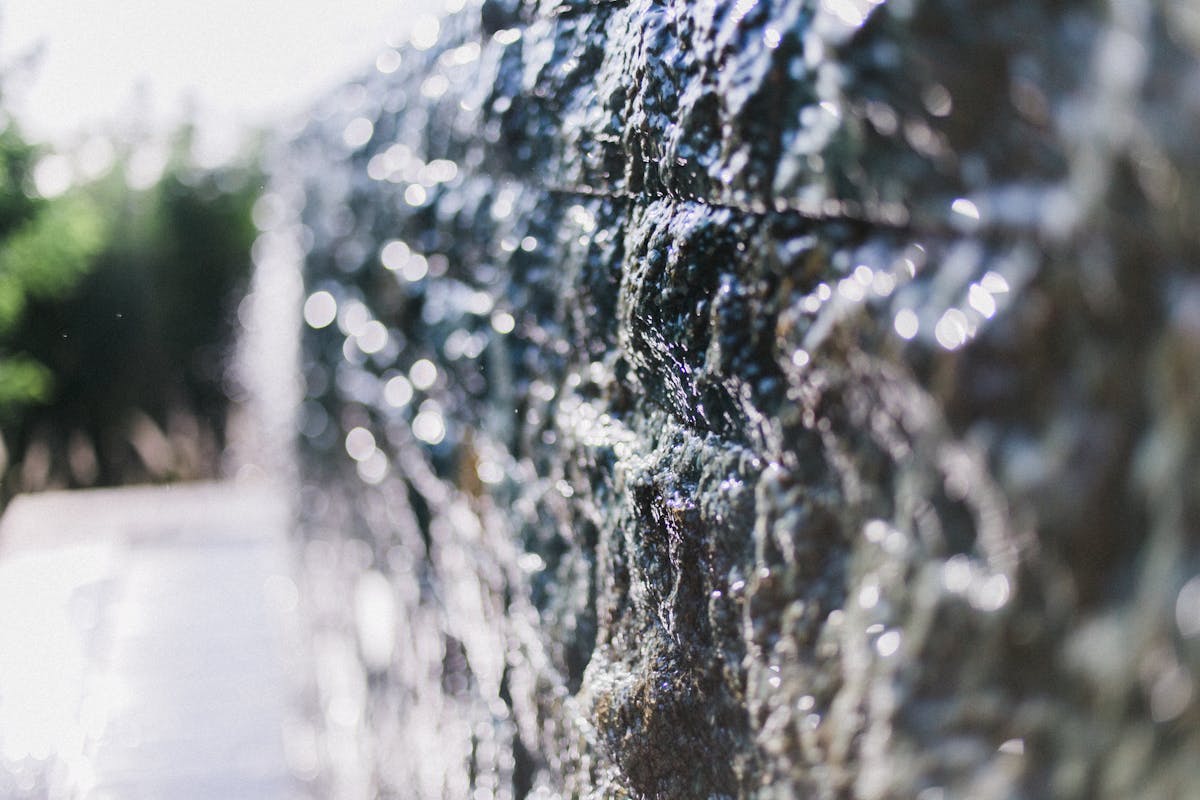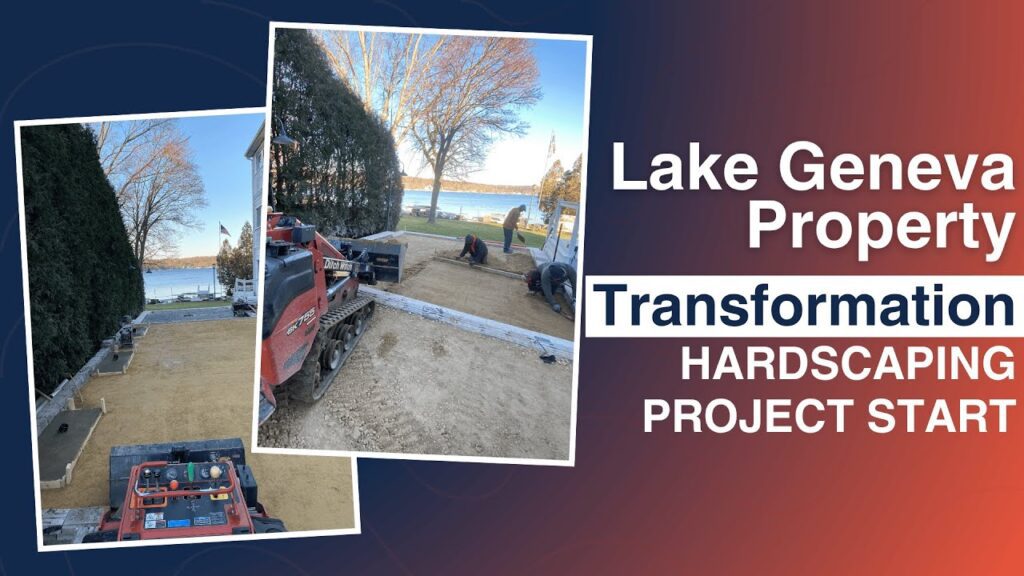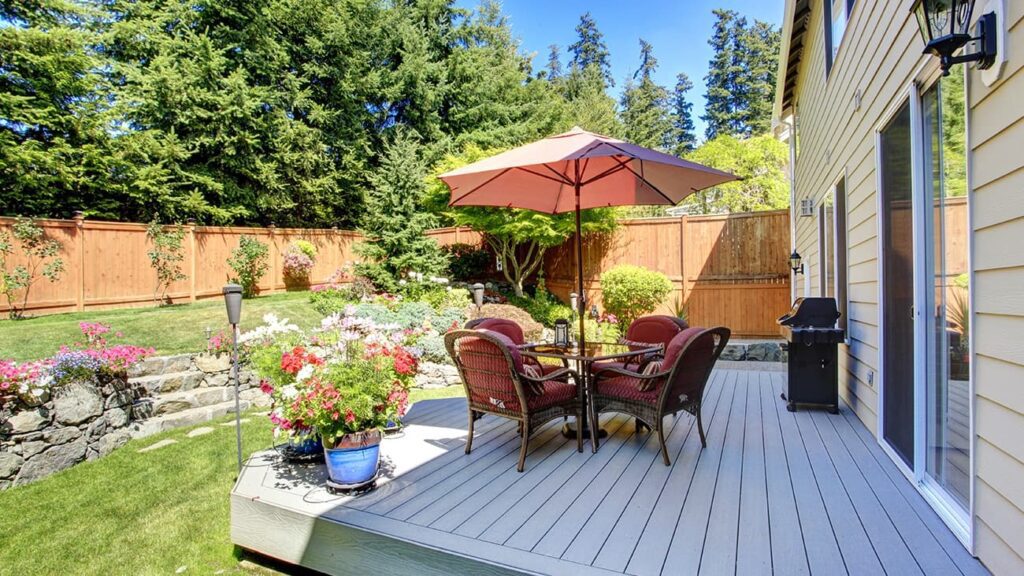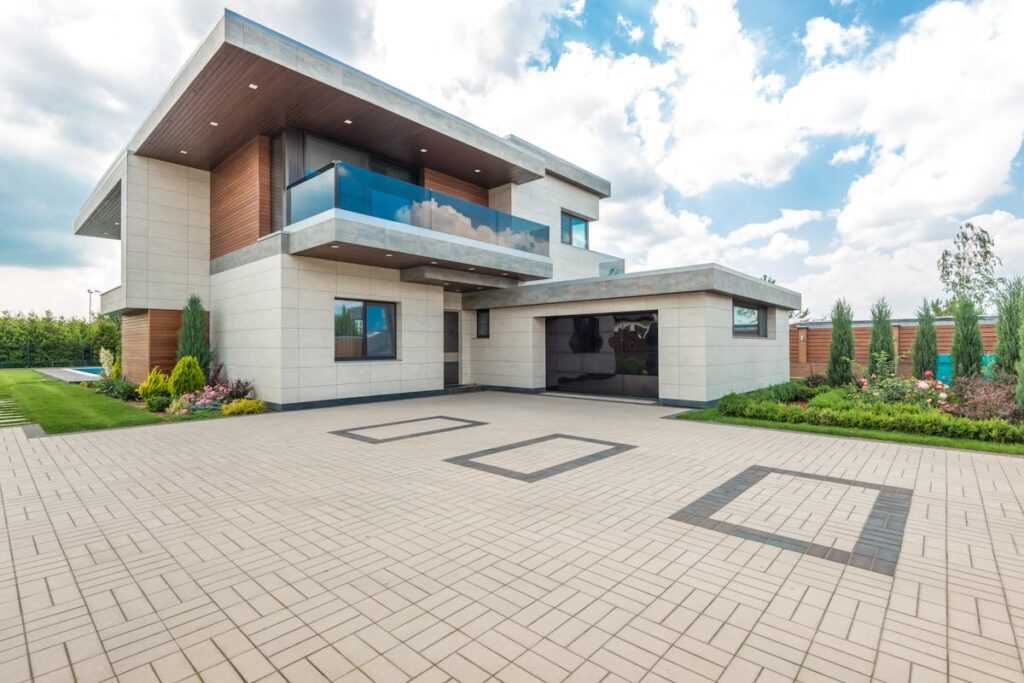If you’ve ever driven past a beautifully terraced slope or a rugged garden bed that looks like it’s been there for centuries, chances are you’ve seen a boulder wall in action. These sturdy, natural-looking retaining structures are increasingly popular across the United States—not just for their visual appeal, but for their sheer strength and low-maintenance longevity. Let’s dig into the essentials of boulder wall installations, including why they matter, how they’re built, what they cost, and whether they’re right for your property.
Outdoor Space Designs With Walls
What Is a Boulder Wall, and Why Should You Care?
Boulder walls are retaining walls made from large natural stones. They’re especially common in places with uneven terrain or sloped landscapes. In the US, you’ll find them in backyards, parks, commercial zones—anywhere that needs erosion control, slope stabilization, or a visual lift.
Here’s why they stand out:
- Longevity: Research shows they can last 50 to 200 years if installed correctly.
- Eco-friendly: Natural stones mean less carbon footprint compared to synthetic blocks.
- Versatility: They handle erosion, add curb appeal, and create usable land.
Installation: More Than Just Stacking Rocks
Installing a boulder wall is part engineering, part art. Here’s how the process works:
- Site Prep: Clear vegetation and debris. Dig a trench several inches deep to house the base layer.
- Foundation Layer: Add a compacted crushed-stone base. This step is non-negotiable. It sets the stage for strength.
- First Row Placement: The largest boulders go in first. They must be level and solid.
- Stacking: Stones are interlocked in staggered layers, ensuring no vertical seams.
- Drainage: Behind the wall, contractors add perforated pipes and gravel to control hydrostatic pressure.
- Backfill and Tidy: Fill behind the wall and shape the landscape to blend the wall into its environment.
While DIY boulder walls are doable for short decorative walls, most experts recommend hiring professionals for walls over 3 feet. Improper construction can lead to collapse or water damage.
How Much Does It Cost?
Cost varies based on:
- Size of the wall
- Type of boulders (locally sourced vs. imported)
- Labor and site accessibility
Generally, you can expect to pay $25 to $50 per square foot. For example, a 100-square-foot wall may run between $2,500 and $5,000. Larger boulders may increase transport and installation costs.
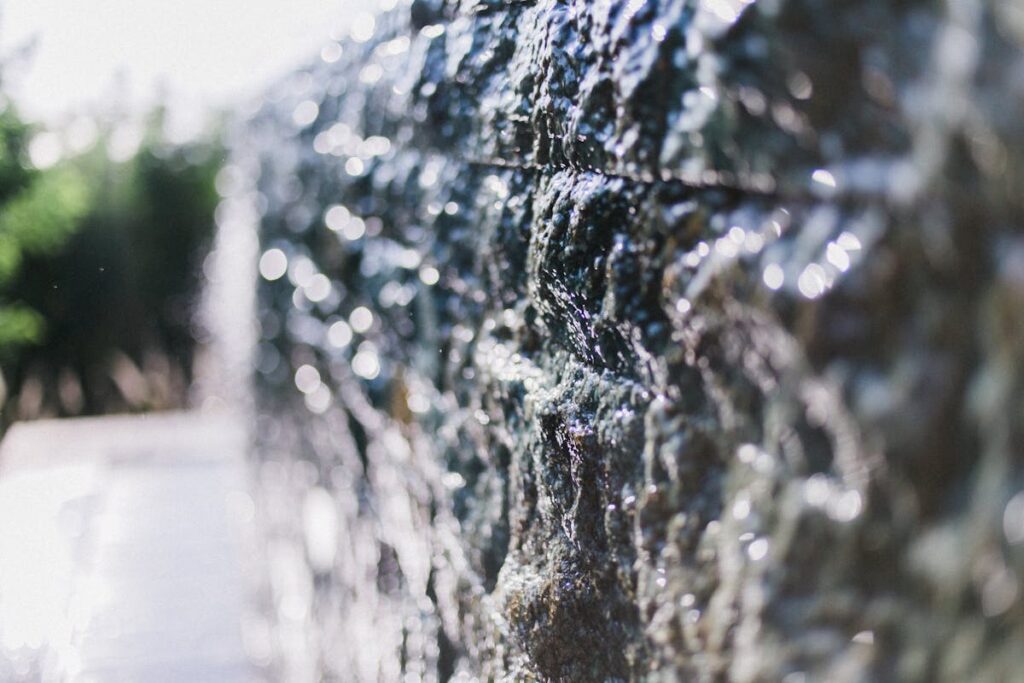
A professional install ensures not only safety and compliance but also adds lasting value to your property.
Why It’s Worth the Investment
Besides sheer beauty, boulder walls offer:
- Low Maintenance: Just occasional checks for shifting stones or drainage blockages.
- Weather Resistance: Great for freeze-thaw zones like the Northeast.
- Environmental Benefits: Reduced runoff, less erosion, and use of local materials.
Homeowners in places like Colorado, Utah, and the Pacific Northwest benefit the most, thanks to the terrain. Utah Boulder Walls notes these walls are a top solution for hillside stability.
Regional Case Studies
- Midwest: Many properties in Minnesota and Wisconsin are replacing timber walls with boulder alternatives for better longevity.
- Southwest: Used in desert landscapes to create natural dry river beds and erosion controls.
- Northeast: In hilly areas, boulder walls are used to tier gardens and reduce flooding during rain-heavy seasons.
Pitfalls to Avoid
- Cheap Labor or Materials: Cutting corners leads to failure. Hire experienced pros.
- Ignoring Drainage: Hydrostatic pressure can cause blowouts.
- Wrong Boulder Sizes: Small stones may shift or crumble over time.
At a Glance: Boulder Wall Breakdown
| Feature | Details |
| Typical Lifespan | 50–200 years |
| Cost | $25–$50 per sq. ft. |
| Maintenance | Minimal (yearly checks recommended) |
| Primary Uses | Slope control, aesthetics, boundaries |
| Environmental Impact | Low; uses natural and local materials |
Final Thoughts
Whether you’re enhancing your yard or securing a commercial slope, boulder walls are a high-reward investment. Their timeless beauty, durability, and eco-conscious design make them one of the most practical landscaping choices in the US.
Just remember: don’t go it alone. Work with a qualified landscaping company that understands your local terrain, climate, and building codes.
Your slope will thank you.

